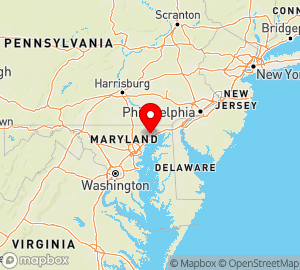md
(physics)
Md
(chemistry)
McGraw-Hill Dictionary of Scientific & Technical Terms, 6E, Copyright © 2003 by The McGraw-Hill Companies, Inc.
Maryland State Information

Phone: (410) 974-3901
www.maryland.gov
Area (sq mi):: 12406.68 (land 9773.82; water 2632.86) Population per square mile: 573.00
Population 2005: 5,600,388 State rank: 0 Population change: 2000-20005 5.70%; 1990-2000 10.80% Population 2000: 5,296,486 (White 62.10%; Black or African American 27.90%; Hispanic or Latino 4.30%; Asian 4.00%; Other 4.10%). Foreign born: 9.80%. Median age: 36.00
Income 2000: per capita $25,614; median household $52,868; Population below poverty level: 8.50% Personal per capita income (2000-2003): $34,257-$37,446
Unemployment (2004): 4.30% Unemployment change (from 2000): 0.70% Median travel time to work: 31.20 minutes Working outside county of residence: 46.50%
www.maryland.gov
Area (sq mi):: 12406.68 (land 9773.82; water 2632.86) Population per square mile: 573.00
Population 2005: 5,600,388 State rank: 0 Population change: 2000-20005 5.70%; 1990-2000 10.80% Population 2000: 5,296,486 (White 62.10%; Black or African American 27.90%; Hispanic or Latino 4.30%; Asian 4.00%; Other 4.10%). Foreign born: 9.80%. Median age: 36.00
Income 2000: per capita $25,614; median household $52,868; Population below poverty level: 8.50% Personal per capita income (2000-2003): $34,257-$37,446
Unemployment (2004): 4.30% Unemployment change (from 2000): 0.70% Median travel time to work: 31.20 minutes Working outside county of residence: 46.50%
List of Maryland counties:
Counties USA: A Directory of United States Counties, 3rd Edition. © 2006 by Omnigraphics, Inc.
Maryland Parks
- US National Parks
- Urban Parks
- State Parks
- Parks and Conservation-Related Organizations - US
- National Wildlife Refuges
- National Trails
- National Scenic Byways
Parks Directory of the United States, 5th Edition. © 2007 by Omnigraphics, Inc.
MD
(audio, storage)Mini Disk.
MD
(programming)MD
(3)md
(networking)The country code for Moldova.
This article is provided by FOLDOC - Free Online Dictionary of Computing (foldoc.org)
MD
(1) See MiniDisc.(2) (Make Directory) See Mkdir.
Copyright © 1981-2025 by The Computer Language Company Inc. All Rights reserved. THIS DEFINITION IS FOR PERSONAL USE ONLY. All other reproduction is strictly prohibited without permission from the publisher.